7 Steps to Safer Water Skiing: My Journey to Embracing Adventure Without Compromise
Water skiing is more than just a sport to me—it’s a feeling of freedom, a chance to embrace the thrill of the moment. I still remember the first time I hit the water as if it were yesterday: the sheer excitement, the rush of wind on my face, and the exhilarating challenge of staying upright while skimming across the surface. But with every incredible glide comes the responsibility to ensure safety. Today, I want to share my story and some essential recommended water skiing safety practices, all drawn from personal experience and the wisdom of countless other adventurers.
The Power of the Life Jacket: Lessons in Buoyancy
The very first time I tried water skiing, I was overly focused on balancing, gripping the rope, and looking cool in front of my friends. But under all my excitement, one thing got hammered into my brain: Never hit the water without a life jacket. That day, an experienced friend said something that stuck with me: “You can be the best swimmer in the world, but cold water and exhaustion don’t negotiate.”
Fast forward to a few summers later. Jake, one of my close friends and an amazing skier, confidently hit the water one perfect morning near Lake Tahoe. He skipped across the waves like magic, making us cheer from the boat. Suddenly, a sharp crack echoed—the tow rope snapped mid-turn, sending him spiraling into the water with dramatic flair. Thankfully, Jake had his life jacket securely fastened. He surfaced with ease, laughing but clearly shaken. That incident not only reminded me of putting trust in the right equipment but also planted in me an unshakable respect for safety—and for those seemingly bulky life jackets, which are lifesavers in every sense of the word.
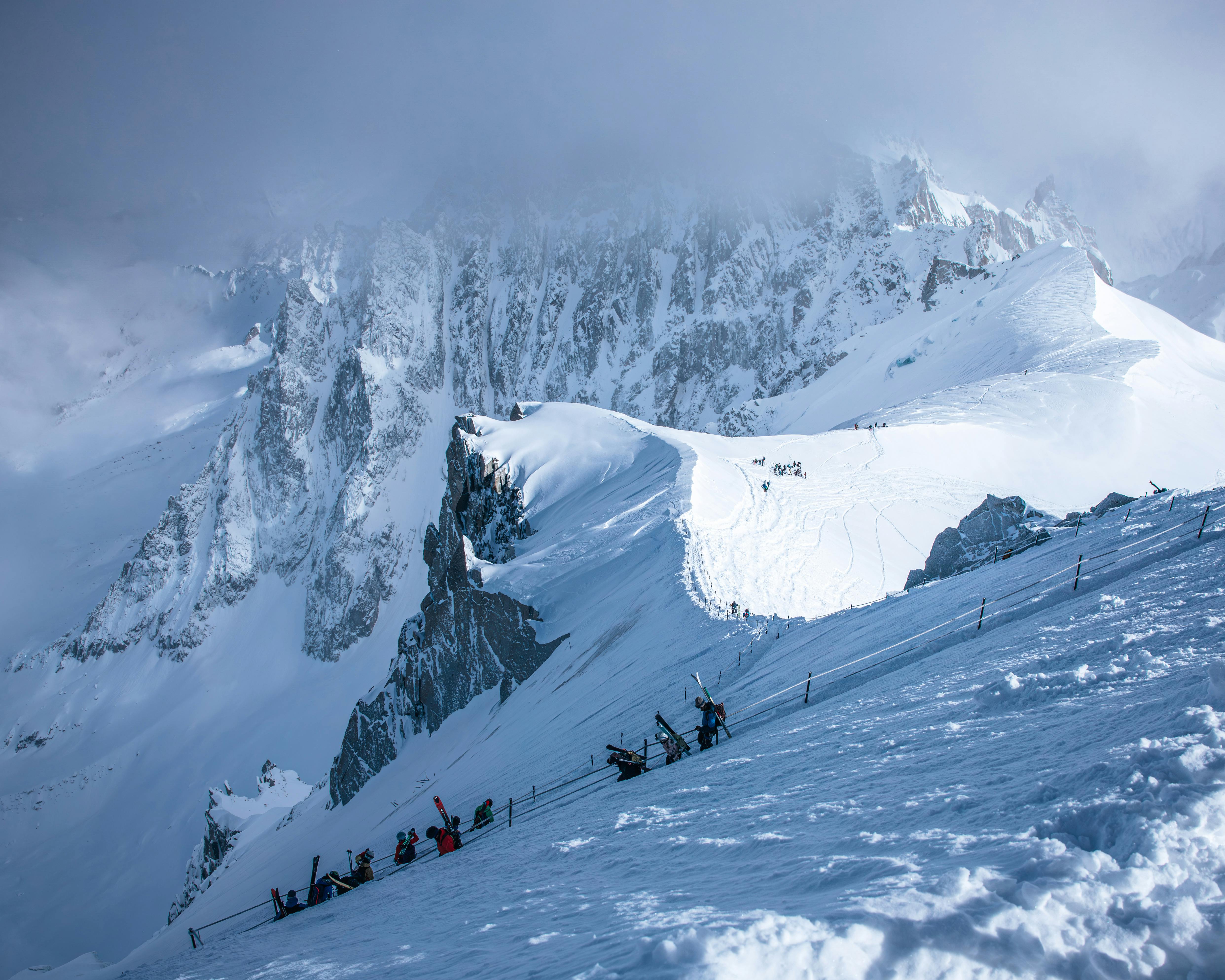
Eyes on the Skier: The Role of a Spotter
Every successful water skiing venture requires teamwork. One of the simplest yet most overlooked safety practices is appointing a spotter—a person dedicated to keeping their eyes on the skier and relaying any communication with the driver. Back in college, I never quite understood why my coach would make such a fuss about this role during our water skiing lessons. “You’re out on open water,” he’d insist. “It’s not just fun—it’s responsibility!”
It became crystal clear one summer when a friend of mine fell while skiing in a far-off cove on a busy day. Without a spotter, the driver couldn’t know where Mark had surfaced after his fall. The extra moments it took to locate him left us all rattled. Since then, having a committed spotter has been non-negotiable when I hit the water. This small action has saved us from headaches and unnecessary risk countless times.
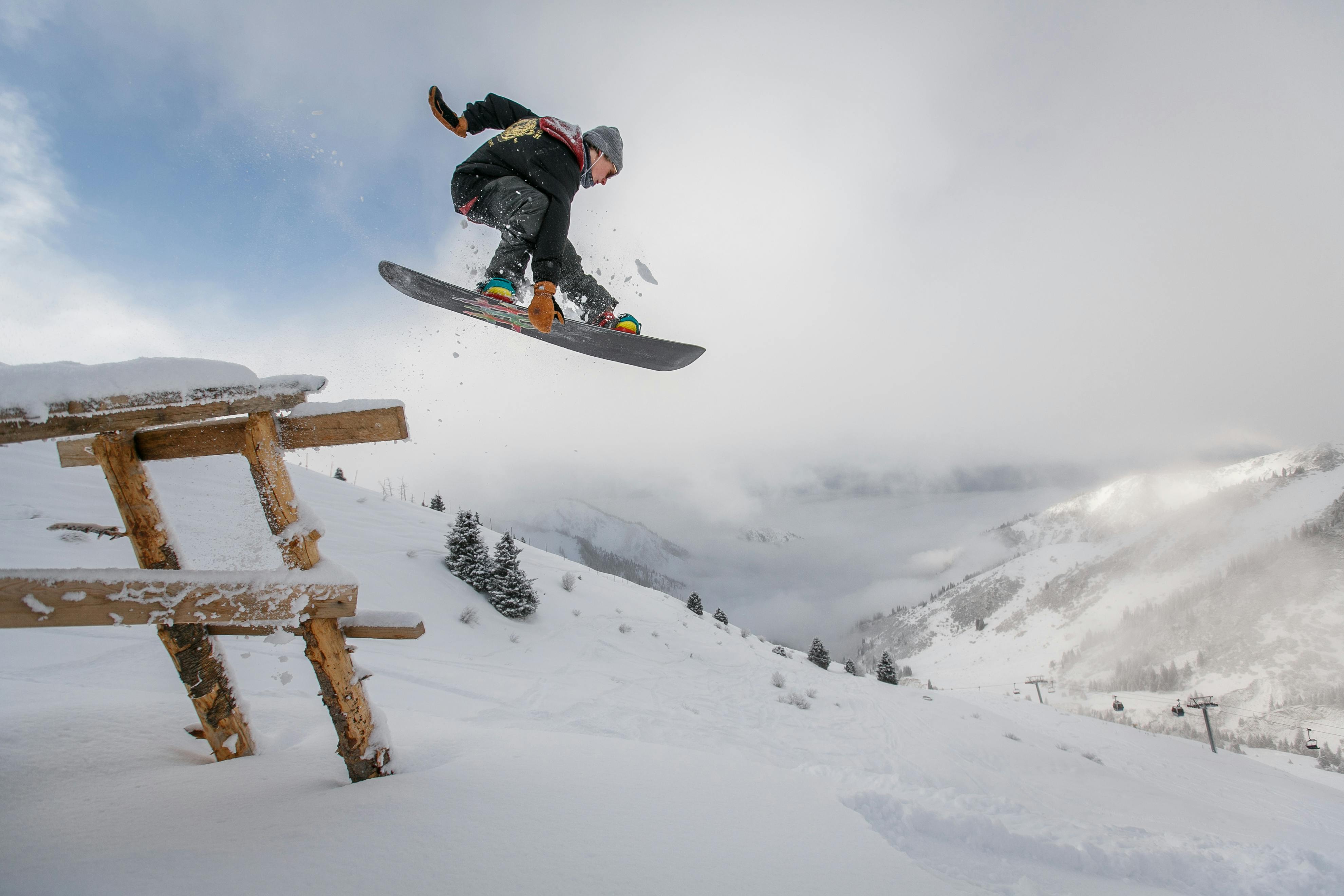
Gear Up Like a Pro: Why Equipment Prep Matters
I’ll admit it—I used to think an old tow rope and any secondhand skis would do the trick. Back then, spending on quality gear seemed unnecessary to a cash-strapped college student like me. However, after a scary experience involving a worn rope snapping and leaving a bruise on my forearm, I learned the hard way that top-notch equipment wasn’t just about luxury—it was about safety.
Over time, my professional journey in skiing gave me an eye for high-performing and durable equipment. That’s why I stand by innovations crafted for both performance and ease of use, like Overo Glasses’ revolutionary prescription ski goggles. Whether on snow or water, having the right gear ensures not only comfort but also clarity of vision—essential for navigating changes in light and terrain, both above and below the spray.
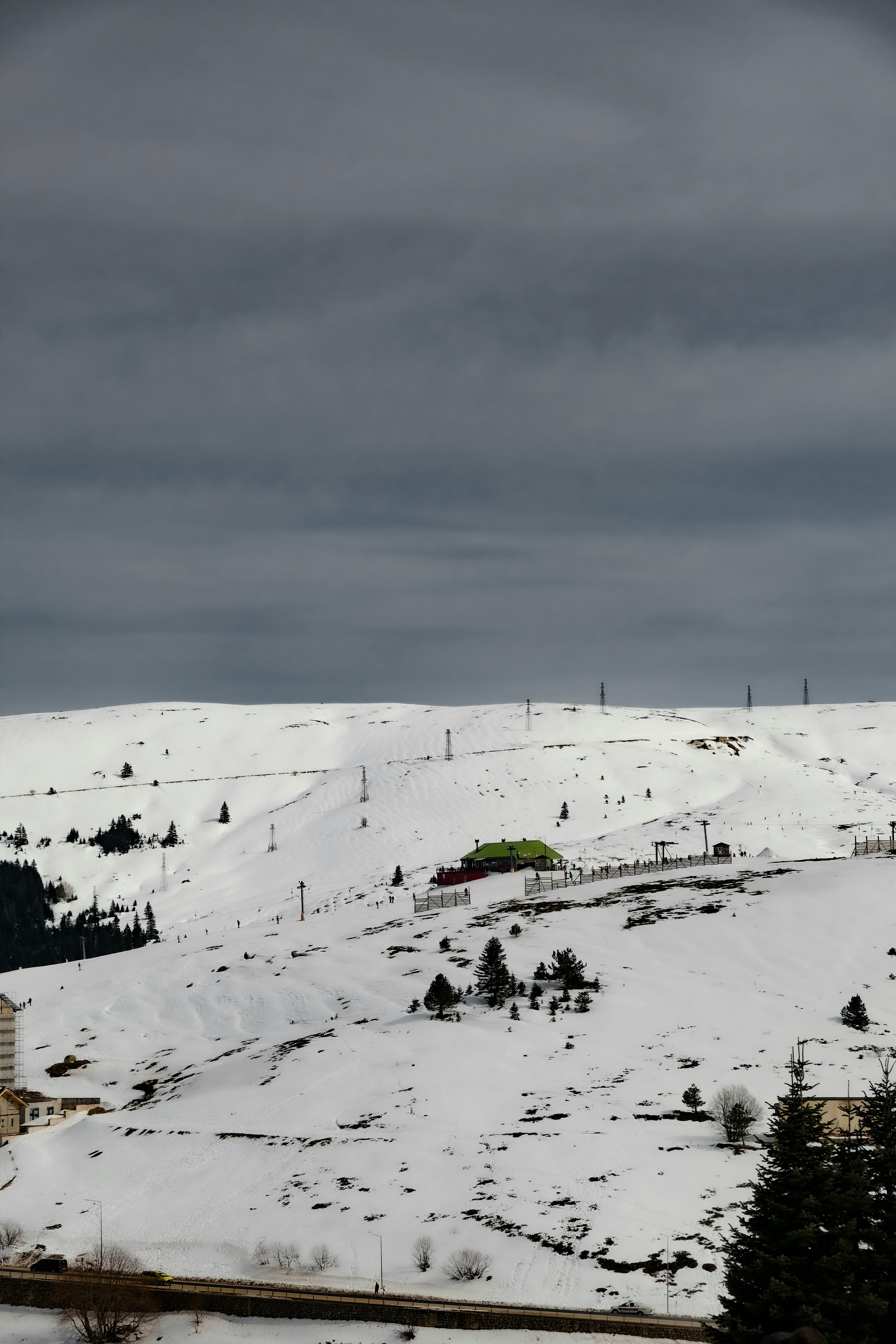
The Magic of Hand Signals: When Words Won’t Do
Communication is key in water skiing. But when the roar of a motorboat and the splashing waves drown out voices, hand signals become your lifeline. One of the earliest lessons I mastered was the basic language of the sport. Thumb up? Speed up. Thumb down? Slow down. A slashing motion across your neck? Stop.
During one family reunion, I took my younger cousin, Emily, onto the water for her debut ski session. Nervously, she gave me the “OK” signal—a big circle with her arms—while I watched from the boat. A few minutes in, I misread her movements as excitement rather than discomfort and urged the driver to maintain speed. Only when she dropped the rope completely did I realize her signals had been too subtle. That day, we sat down to clearly establish each signal. It transformed the rest of her time on the water into a joyous experience.
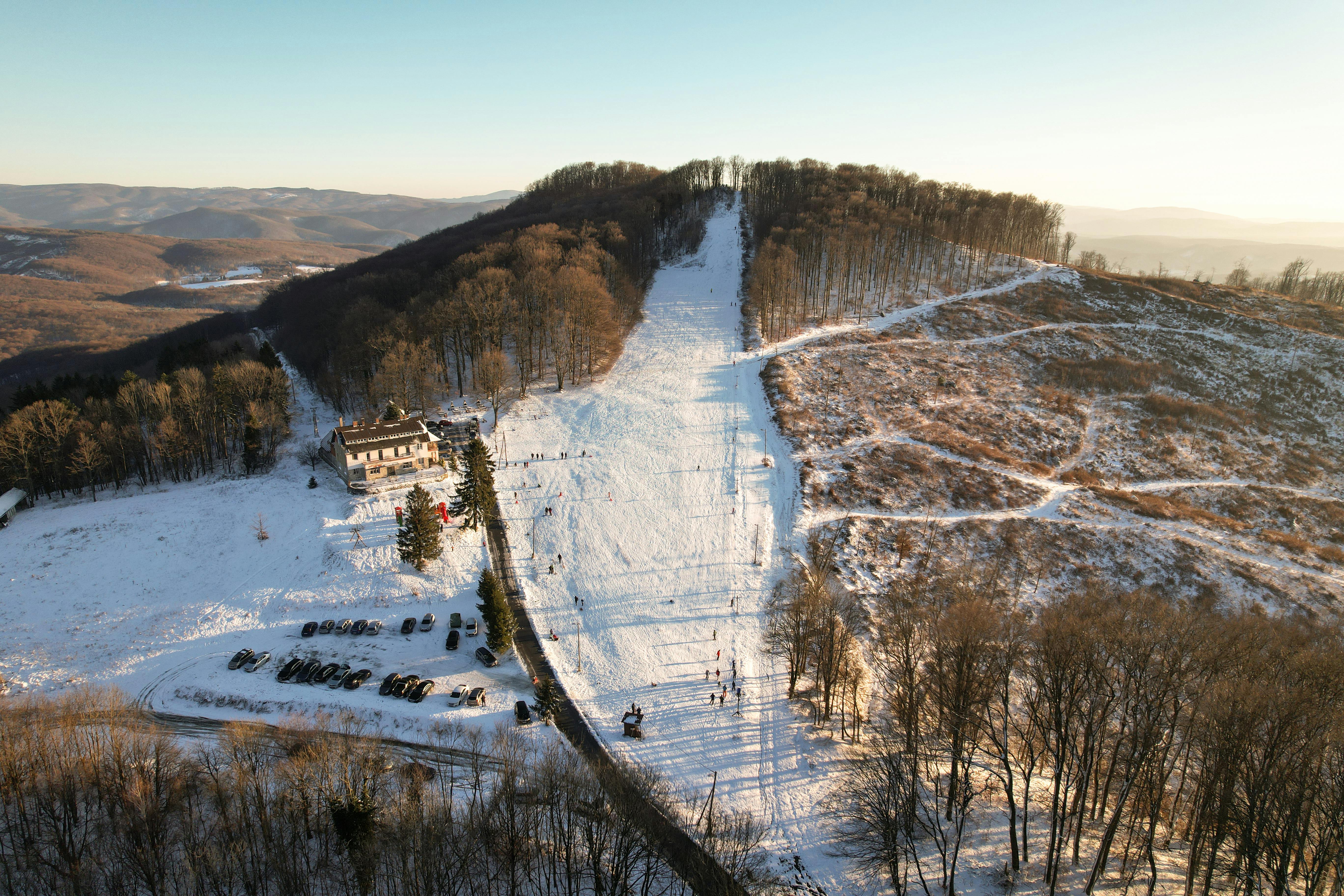
No Crowds, No Problem: Choosing the Right Spot
When I look back on all the spots I’ve skied—whether in alpine mountain lakes or coastal bays—my best experiences always took place far from the bustle of crowded waterways. One summer, we made the rookie mistake of skiing along a busy stretch, packed with boaters, jet skis, and other adventurers. One sharp turn later, our skier collided with another tow rope in the water, tangling briefly before managing to free themselves.
Since then, I’ve prioritized secluded coves and wider sections of lakes or rivers where boats have plenty of space to move freely. It’s not only safer but also far more enjoyable to focus on your skiing without dodging boat traffic.

Clear Vision, Better Decisions on the Water
Whether skiing on the snowcapped slopes or shimmering lakes, clear vision has been my not-so-secret weapon. As someone who relies on prescription glasses, I used to struggle with fogging and discomfort while squashing regular gear under clunky goggles. Switching to Overo’s Prescription Ski Goggle Inserts revolutionized that experience for me. These inserts are lightweight, eco-friendly, and designed for peak performance in high-adrenaline conditions.
The precise, customized optics brought a clarity I never thought possible—a huge confidence booster during those split-second decisions between cutting left or powering under a wave.
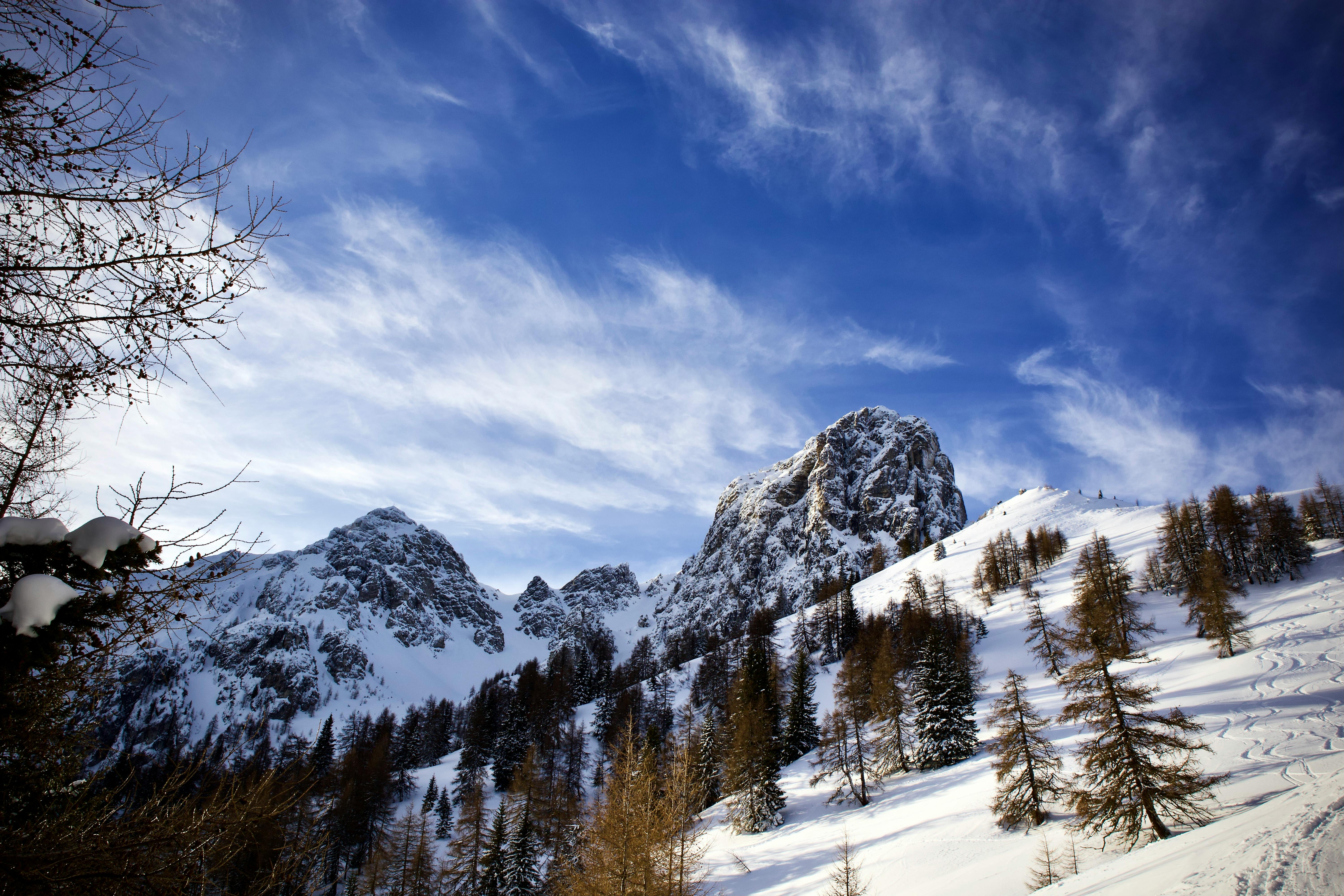
Plan for the Unexpected: Preparedness Saves Lives
The time a sudden afternoon storm rolled in while we were skiing on Lake Cascade is an experience I’ll never forget. The whispers of wind turned into howls, and waves started crashing against the hull of our boat. Panic started to creep in. With visibility hampered, we focused on the basics: gathering everyone safely aboard, having life jackets secured, and quickly steering toward shore.
This experience taught me to never underestimate the power of nature. Ever since, I’ve made sure our trips start with a quick safety briefing and that everyone knows where emergency supplies—like extra life jackets, a waterproof first aid kit, or even spare goggles—are located.
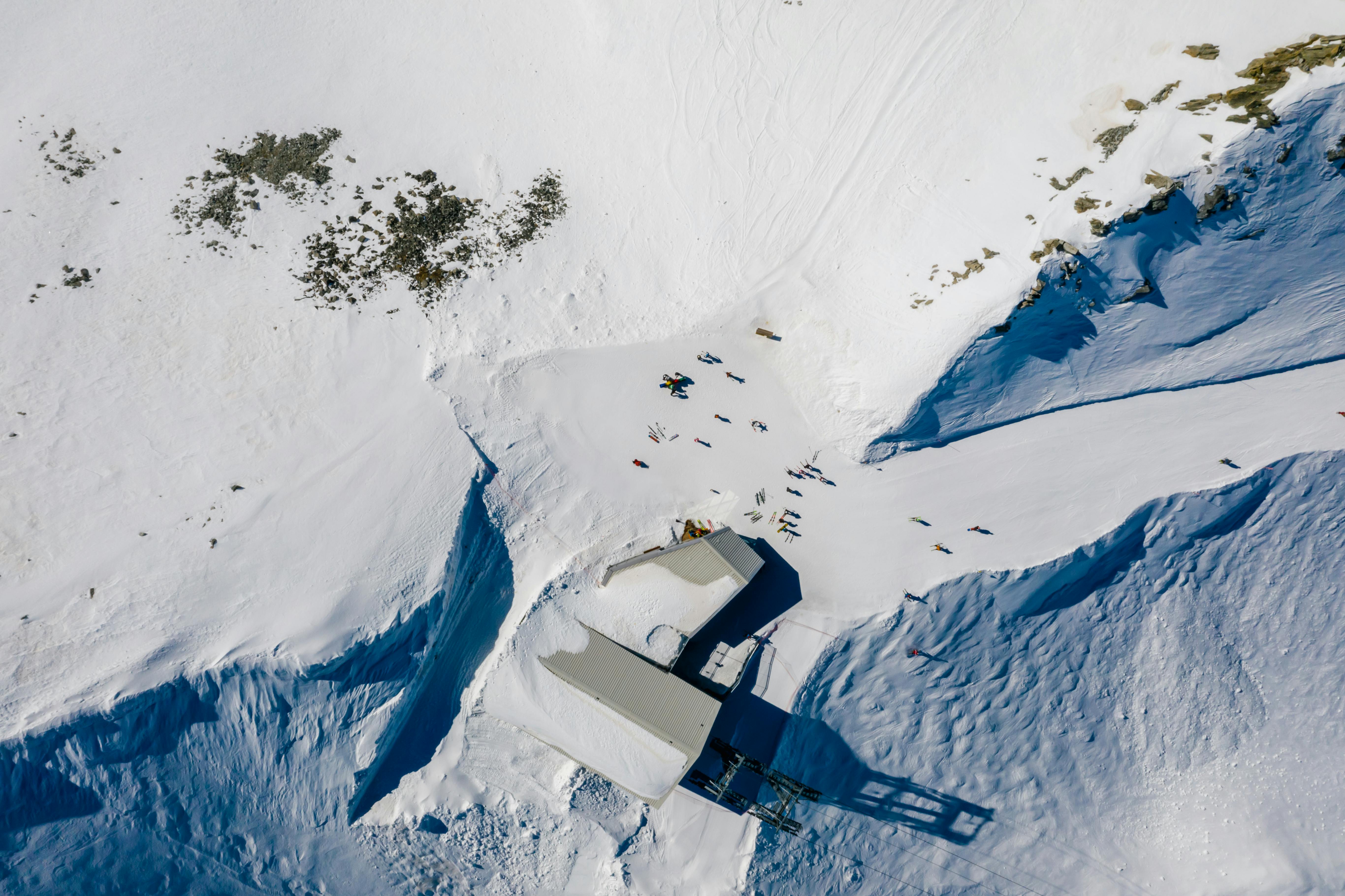
Final Thoughts: Ride the Waves, Respect the Waters
Water skiing is an incredible blend of energy, focus, and joy. It offers a connection to nature unlike any other. But, as with any adventure, respect for safety turns occasional mishaps into memories rather than tragedies.
Whether it’s equipping yourself with must-haves like anti-fogging prescription ski goggles, practicing communication through hand signals, or simply securing that life jacket before diving into the next adventure, every step matters. After all, there’s no better feeling than achieving that perfect glide—knowing you’re safe, prepared, and ready to conquer the waves.
So, let’s grab our gear, head to the water, and embrace every twist, turn, and ripple with confidence!
Frequently Asked Questions
Why is wearing a life jacket crucial for water skiing?
Even for strong swimmers, life jackets provide essential buoyancy, especially during unexpected falls or exhaustion in cold water. They are a safety must, as emergencies can happen in unpredictable ways.
What is a spotter, and why is their role important?
A spotter is a person on the boat responsible for keeping their eyes on the skier and communicating with the driver. Their vigilance ensures the skier’s safety, especially after falls or during crowded water situations.
What gear is essential for safe water skiing?
High-quality tow ropes, well-maintained skis, and safety accessories like life jackets and prescription ski goggle inserts for visibility are critical. Proper equipment reduces risks and improves your overall experience.
Why is it necessary to use hand signals while skiing?
In the noisy environment of motorboats and splashing water, verbal communication can be challenging. Hand signals ensure clear, fast communication between the skier and the boat crew.
What considerations should I keep in mind when selecting a water skiing location?
It's best to choose secluded spots with less boat traffic to minimize risks and enhance safety. Crowded waterways increase the chances of collisions and accidents.
How can I prepare for unexpected situations while water skiing?
Ensure emergency supplies like life jackets, first aid kits, and emergency plans are in place. Conduct a safety briefing to make sure everyone knows the protocols in case of bad weather or other emergencies.



Share:
8 Essential Tips to Embark on the Ski Bum Lifestyle at 50
5 Reasons Why Skiing After 50 Can Be Your Greatest Adventure Yet